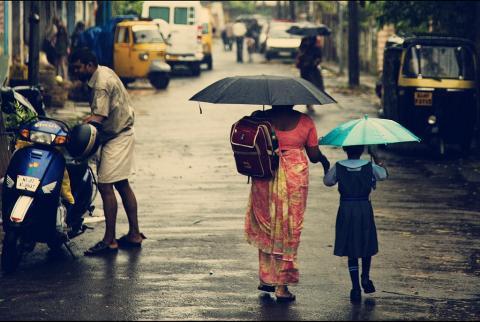
Do you know what makes up a #lake system?
Understanding the components of a lake system, its purposes and functions are critical to drawing out an inclusive rejuvenation plan.
Here's a quick run down of a lake's basic components 🧵
Understanding the components of a lake system, its purposes and functions are critical to drawing out an inclusive rejuvenation plan.
Here's a quick run down of a lake's basic components 🧵

1/ Cascade: A series of lakes or man-made tanks that are connected
2/ Catchment: The extent of land where all rainwater and surface water flow into the lake following the natural contours of the land.
3/ Tank: A man-made lake.
In #Bengaluru, what we call “lakes” were mostly man-made irrigation tanks.
In #Bengaluru, what we call “lakes” were mostly man-made irrigation tanks.
4/ Inlet for kaluve/rajakaluve: Openings which bring water into the lake.
5/ Overflow and kodi: Exit points for water flows from the lake.
Overflows from the lake go through overflow weird or culverts, that are traditionally known as "kodis."
Overflows from the lake go through overflow weird or culverts, that are traditionally known as "kodis."
6/ Tank bund: A stretch or ridge that holds #water back and creates a reservoir.
7/ Sewage Treatment Plant
8/ Wetland: A part of the lake that breeds high density of aquatic life and uses nutrients in the lake thereby enhancing the lake's water quality.
9/ Open Well
Initially, communities were largely agrarian and clustered around lakes. Lakes also had environmental uses, they were critical to #Flood control management and stored water.
Lakes recharged groundwater. This was accessed through wells and then used for drinking and domestic purposes such as washing (both domestic and cattle.)
Of course, most importantly, it had economic uses as well, #farmers used the water as irrigation, the silt as manure, dhobis washed clothes and so on.
But over time, inequitable sharing and uncontrolled growth around our lakes have made them a source of public health issues and a sink for all our waste.
This has resulted in people dependent on these lakes being forced out, a loss of drinking water sources and a diminishing of communities’ access to lakes.
• • •
Missing some Tweet in this thread? You can try to
force a refresh






